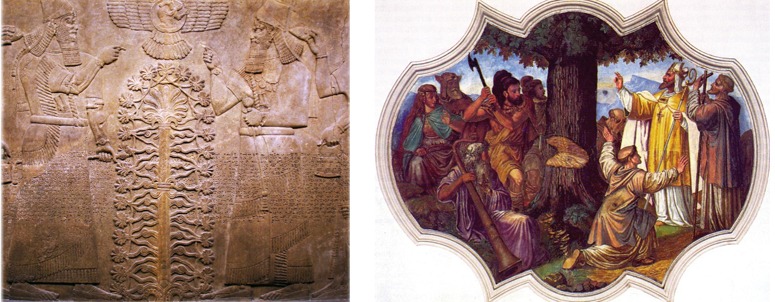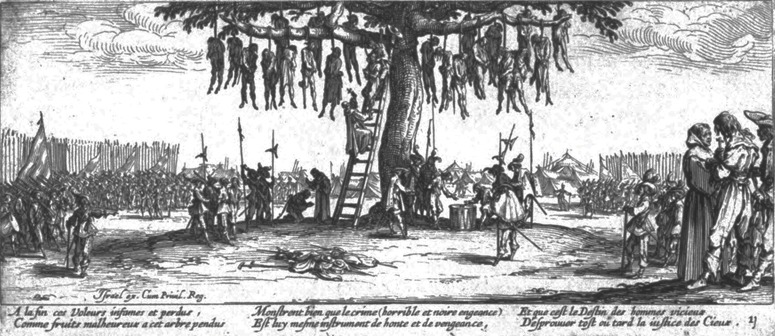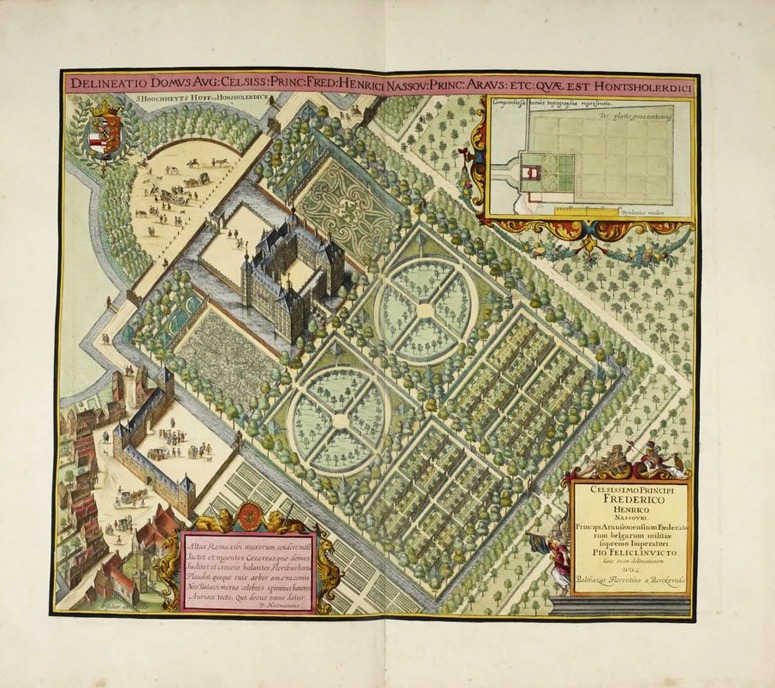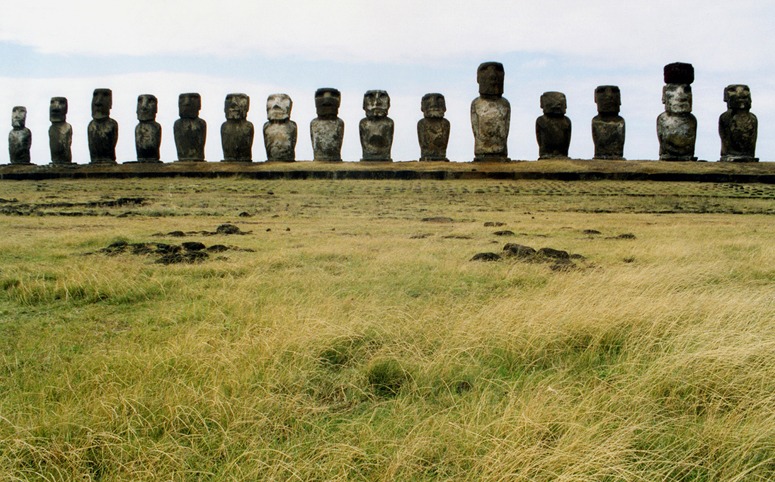 Following the below comments on Attitudes to life, death and trees in western culture and ‘civilization’, I thank Anoldent, for his photograph and his account of the Fifteen Moai on Easter Island: ‘Moai were status symbols. The more you had and the bigger they were, the greater your village’s status. Unfortunately, moving them around the island required many trees, and when the last trees were cut on the once heavily forested island, the topsoil blew away, the islanders could no longer build fishing boats, or even escape the ensuing famine. Wars erupted and the culture collapsed. An environmental cautionary tale. The island is still largely treeless.’ On a larger scale, too many humans think this way: ‘the more you have the better you are’: more rooms, more people, more buildings, more cars, more economic growth. But for humans who inhabit an island or a planet, aiming for more may result in less. Let’s call it ‘the Easter Island Path to Perdition’, and let’s be sufficiently optimistic to believe that the ‘civilization’ of cities will be replaced by a sophisticated landscape urbanism.
Following the below comments on Attitudes to life, death and trees in western culture and ‘civilization’, I thank Anoldent, for his photograph and his account of the Fifteen Moai on Easter Island: ‘Moai were status symbols. The more you had and the bigger they were, the greater your village’s status. Unfortunately, moving them around the island required many trees, and when the last trees were cut on the once heavily forested island, the topsoil blew away, the islanders could no longer build fishing boats, or even escape the ensuing famine. Wars erupted and the culture collapsed. An environmental cautionary tale. The island is still largely treeless.’ On a larger scale, too many humans think this way: ‘the more you have the better you are’: more rooms, more people, more buildings, more cars, more economic growth. But for humans who inhabit an island or a planet, aiming for more may result in less. Let’s call it ‘the Easter Island Path to Perdition’, and let’s be sufficiently optimistic to believe that the ‘civilization’ of cities will be replaced by a sophisticated landscape urbanism.
Author Archives: Tom Turner
Attitudes to life, death and trees in western culture and 'civilization'
The illustrations show a Tree of Life (above left) in ancient West Asia, the felling of a Sacred Tree by St Boniface (Thor’s Oak, above right) and a Hanging Tree during the 30 Years War (below).
What do the illustrations tell us about changing attitudes to trees in western civilization? Here are some possibilities:
- the ancients saw trees (and forests) as symbols of the natural forces which control the world
- the early Church regarded tree-worship as idolatrous, because there is only one true God
- both trees and people were destroyed in the religious wars of the seventeenth century
In clearing and ‘managing’ what is left of the world’s forest cover we may be marching in the path of the Easter Islanders. At present, the most densely wooded countries are Finland (86% of the total land area), Sweden (57%) and Austria (47% ). Australia, suprisingly, has 20.1% forest cover. The European countries with the least forest are Ireland, with 8% of the land as forested and the United Kingdom with 11%.
Dutch Baroque Gardens
The British Library is making some of its most important books available online with its Turning the Pages technology. The first garden book in the series was published as Tonneel van Nederlandse Lusthooven which translates as The Theatre of Dutch Pleasure Gardens. There are high-resolution colour imges and accompanying audio. It is a brilliant production. But the title Dutch Baroque Gardens is questionable. France was the country which set the standard for High Baroque gardens and the examples in this book have a different character. A Dutch friend suggested the classification Dutch Classical Garden for the style of Honselaarsdijk – and I think he had a very fair point. It is unlike Versailles – and if Baroque is ‘the style of the Counter-Reformation’ then it is not very appropriate for such a Protestant country as Holland.
Is this the landscape of future architecture?
 Should one call this architecture or landscape architecture or neither or both? It is a competition entry for 2010 Competition Entry for International Business Center with an Intercontinental Hotel in Yerevan. The designer explains: ‘Instead of a towering Iconic image, disconnected from historic, horizontal Yerevan, Lace Hill stitches the adjacent city and landscape together to support a holistic, ultra-green lifestyle, somewhere between rural hillside living and dense cultured urbanity’. The images are good but, if I were one of the judges, I would want to see some cross-sections and floor plans before awarding a prize.
Should one call this architecture or landscape architecture or neither or both? It is a competition entry for 2010 Competition Entry for International Business Center with an Intercontinental Hotel in Yerevan. The designer explains: ‘Instead of a towering Iconic image, disconnected from historic, horizontal Yerevan, Lace Hill stitches the adjacent city and landscape together to support a holistic, ultra-green lifestyle, somewhere between rural hillside living and dense cultured urbanity’. The images are good but, if I were one of the judges, I would want to see some cross-sections and floor plans before awarding a prize.
image courtesy Forrest Fulton
Please can we have more houses with happy smiling faces
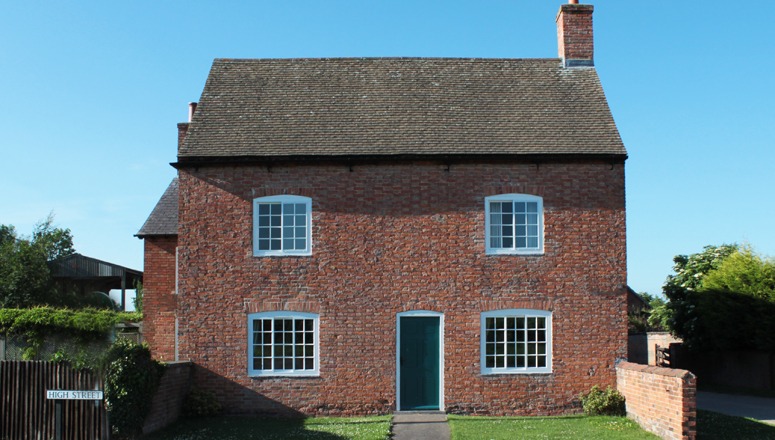 It could be a normal request in briefing letters to architects: ‘Please give my house a happy and beautiful face’. The house in the above photograph is not convulsed with laughter but I read the slightly raised eyebrows as a sign of good humour – and the face of the house shares a beautiful simplicity with Botticelli’s face of Venus. I would like the house to have flowing tresses of vegetation and some beautiful steps could symbolise lips. Can the faces of buildings be classified as masculine and feminine? .
It could be a normal request in briefing letters to architects: ‘Please give my house a happy and beautiful face’. The house in the above photograph is not convulsed with laughter but I read the slightly raised eyebrows as a sign of good humour – and the face of the house shares a beautiful simplicity with Botticelli’s face of Venus. I would like the house to have flowing tresses of vegetation and some beautiful steps could symbolise lips. Can the faces of buildings be classified as masculine and feminine? .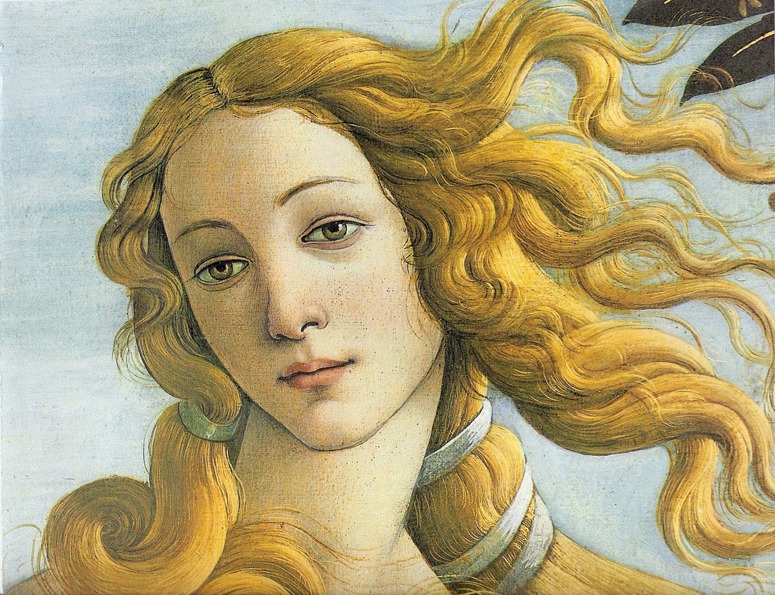
Patrick Blanc green walls are beautiful – but are they sustainable?
 Patrick Blanc has made a great contribution to the technology of green walls, with beautiful results. But do they make useful contributions to environmental and sustainable design objectives? I do not know and would like to hear of any scientific evidence and environmental impact assessments. My guesses are (1) Patrick Blanc’s green walls use more energy for pumps/materials/manufacture than they save through insulation (2) more of Patrick Blanc’s green walls use tapwater than use rain which has fallen on the site (3) Patrick Blanc’s green walls make useful contributions to noise attenuation and dust capture (4) the contribution of Patrick Blanc’s green walls to biodiversity is negligible (5) one could achieve more environmental benefits, though less beauty, by using climbers.
Patrick Blanc has made a great contribution to the technology of green walls, with beautiful results. But do they make useful contributions to environmental and sustainable design objectives? I do not know and would like to hear of any scientific evidence and environmental impact assessments. My guesses are (1) Patrick Blanc’s green walls use more energy for pumps/materials/manufacture than they save through insulation (2) more of Patrick Blanc’s green walls use tapwater than use rain which has fallen on the site (3) Patrick Blanc’s green walls make useful contributions to noise attenuation and dust capture (4) the contribution of Patrick Blanc’s green walls to biodiversity is negligible (5) one could achieve more environmental benefits, though less beauty, by using climbers.
The above example is on the Athaneum Hotel in Picadilly, London.
Stephen Alton shares my scepticism.

